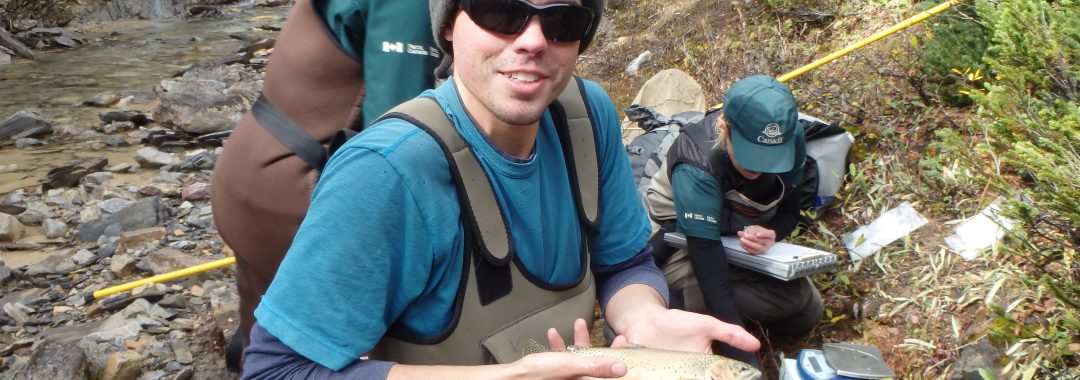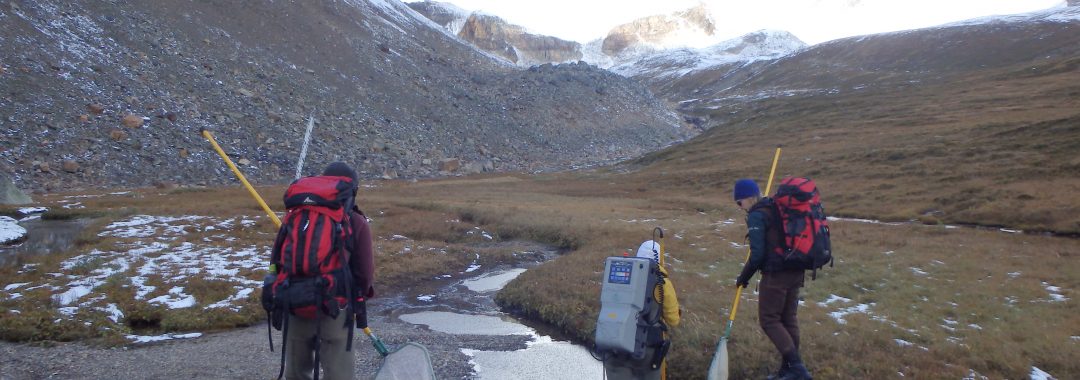Abstract:
Species dispersal is a central component of metapopulation models. Spatially realistic metapopulation models, such as stochastic patch-occupancy models (SPOMs), quantify species dispersal using estimates of colonization potential based on inter-patch distance (distance decay model). In this study we compare the parameterization of SPOMs with dispersal and patch dynamics quantified directly from empirical data. For this purpose we monitored two metapopulations of an endangered minnow, redside dace (Clinostomus elongatus), using mark-recapture techniques across 43 patches, re-sampled across a 1 year period. More than 2,000 fish were marked with visible implant elastomer tags coded for patch location and dispersal and patch dynamics were monitored. We found that species-specific dispersal and distance decay models provided qualitatively similar rankings of viable patches; however, there were differences of several orders of magnitude in the estimated intrinsic mean times to extinction, from 24 and 148 years to 362 and >100,000 years, depending on the population. We also found that the rate of regional stochasicity had a dramatic impact for the estimate of species viability, and in one case altered the trajectory of our metapopulation from viable to non-viable. The divergent estimates in time to extinction times were likely due to a combination species-specific behavior, the dendritic nature of stream metapopulations, and the rate of regional stochasticity. We demonstrate the importance of developing comparative analyses using species- and patch-specific data when determining quantitative estimates for mean time to extinction, which in the case of redside dace, were highly sensitive to different estimates of dispersal.
Citation: Poesch, M.S. & Jackson, D.A. 2012. Impact of species-specific dispersal and regional stochasticity on estimates of population viability in stream metapopulations. Landscape Ecology 27: 405-416.
Also Read:





